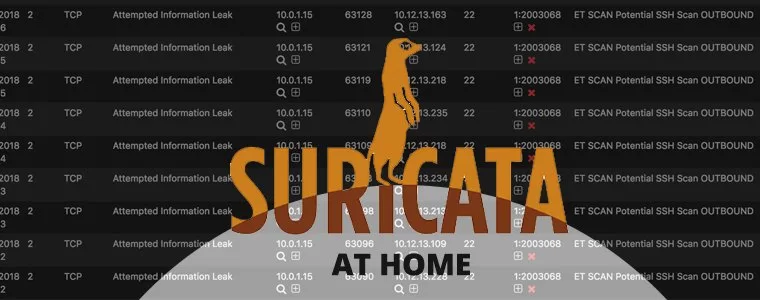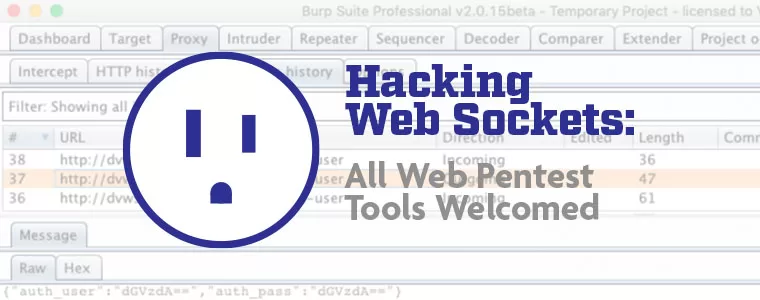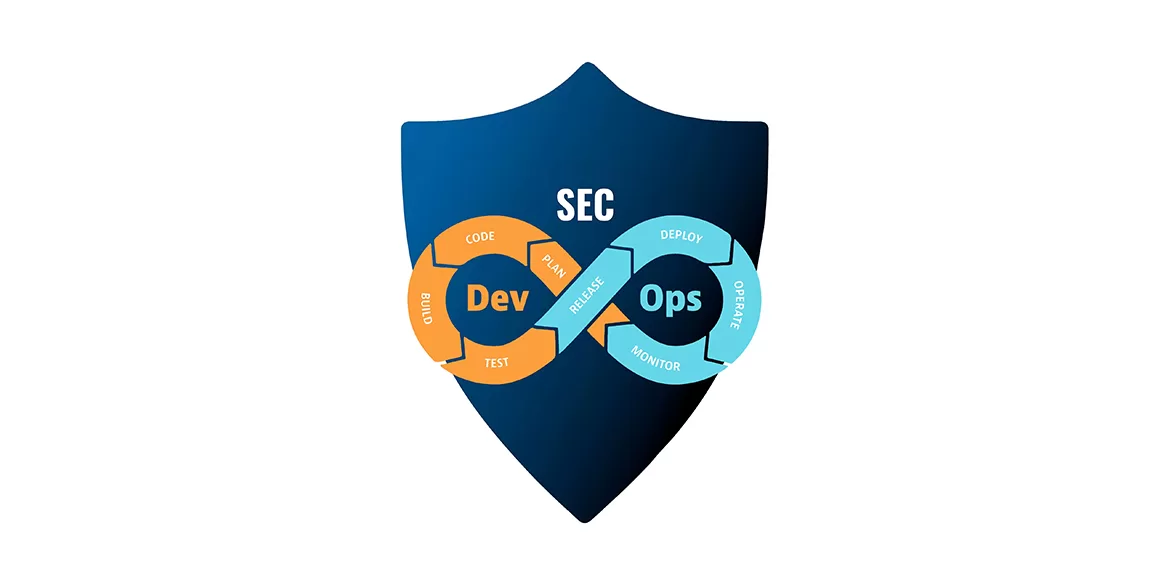VDA Labs' IAM solutions encompass a myriad of technologies that deliver
Utilizing technologies such as Multi-Factor Authentication (MFA), Privileged Access Management (PAM), Single Sign-On (SSO), and others. These technologies are instrumental in securely storing identity and profile data, adhering to robust data governance principles to ensure that only authorized users have access to necessary and pertinent assets. Thus, VDA Labs' IAM system is grounded in two core activities:
This process entails verifying the legitimacy of the user, software, or hardware attempting to access a network environment before authorizing or rejecting access. At VDA Labs, we achieve this by digitally validating their distinct credentials against a designated database. Our IAM cloud identity solutions provide a range of authentication methods designed to bolster your network's security. These methods encompass unique passwords, pre-shared keys (PSK), behavioral authentication, and biometrics.
Within our Identity Access Management framework, VDA Labs' authentication service may manifest in the following forms:
-
1 Multi-Factor Authentication (MFA)
- VDA Labs' MFA is a crucial tool that enhances network security by requiring users to present two or more credentials from different authentication categories alongside a username or password. This extra layer of protection mitigates risks associated with password compromises, automated bot attacks, targeted attacks, and bulk phishing attempts. With VDA Labs, organizations can implement MFA methods such as SMS authentication, voice call verification, security questions, and more.
-
2 Single Sign-On (SSO)
- VDA Labs' SSO user authentication service streamlines user access and reduces sign-in friction, thereby boosting productivity. Users within the network only need to enter their login credentials (username and password) once to access various applications. Through the VDA Labs SSO launchpad, users can seamlessly switch between cloud, on-premises, and mobile applications without having to re-enter their credentials.
-
3 Risk-Based Authentication (RBA)
- VDA Labs' RBA offering is an adaptive authentication service that dynamically prompts users for multi-factor authentication (MFA) when it detects heightened risks. Users receive an MFA prompt when accessing the network from an unfamiliar location/IP address or when malware is detected. In cases of high risk, access may be denied altogether.
-
4 Privileged Access Management (PAM)
- VDA Labs' PAM service minimizes the organization's digital attack surface by securing, managing, controlling, and monitoring privileged users' access to various digital assets, applications, and sensitive data. The PAM service provides a centralized repository of privileged users' credentials to mitigate the risk of compromise and uphold asset integrity and confidentiality.
Authorization within VDA Labs' IAM system entails determining and enforcing the level of access that authenticated users and entities have to specific resources within the network environment. This process involves evaluating the permissions and privileges associated with individual identities and groups and ensuring that they align with the organization's security policies and regulations.
Our IAM system employs role-based access control (RBAC), attribute-based access control (ABAC), and other authorization mechanisms to define and manage access rights effectively. Through RBAC, users are assigned roles based on their job responsibilities, and access permissions are granted accordingly. ABAC, on the other hand, leverages attributes such as user attributes, resource attributes, and environmental conditions to make access control decisions.
Key features of VDA Labs' authorization capabilities include:
-
1 Role-based Access Control (RBAC)
- Our IAM system allows organizations to define roles based on job functions or responsibilities and assign appropriate permissions to these roles. This ensures that users only have access to resources necessary for their roles, minimizing the risk of unauthorized access.
-
2 Attribute-based Access Control (ABAC)
- VDA Labs' IAM solution enables organizations to implement fine-grained access control policies based on various attributes such as user attributes (e.g., department, job title), resource attributes (e.g., sensitivity level), and environmental conditions (e.g., time of day, location).
-
3 Granular Access Control
- Our IAM system provides granular control over access permissions, allowing organizations to define specific rules and policies for different resources and user groups. This granularity ensures that access rights are tailored to the specific needs of the organization and its users.
-
4 Dynamic Access Policies
- VDA Labs' IAM solution supports dynamic access policies that adapt to changes in user roles, resource attributes, and environmental conditions in real-time. This dynamicity ensures that access permissions remain accurate and up-to-date, even as organizational requirements evolve.
-
5 Auditing and Reporting
- Our IAM system includes auditing and reporting capabilities that enable organizations to monitor access activities, track changes to access permissions, and generate compliance reports. This helps organizations maintain visibility into access control processes and ensure adherence to regulatory requirements.
Overall, VDA Labs' authorization capabilities play a vital role in ensuring that only authorized users and entities have access to sensitive resources, thereby enhancing security posture and reducing the risk of unauthorized access and data breaches.











